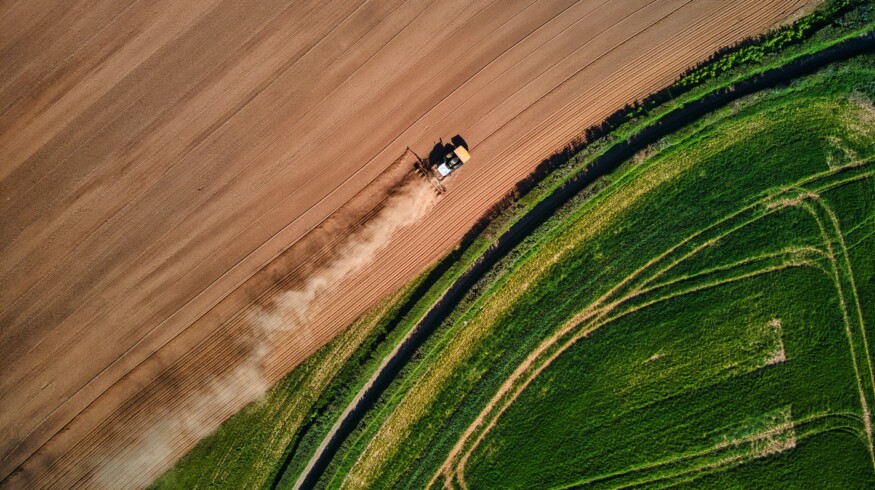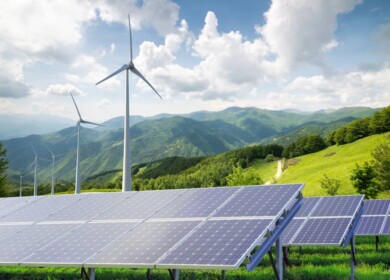Fertilizer Canada releases technology roadmap for emissions reduction in fertilizer production

Fertilizer Canada, an industry organization, has released a comprehensive study that identifies five technologies with the potential to substantially reduce greenhouse gas (GHG) emissions in the production of ammonia and potash. Titled “GHG Emission Reductions in the Canadian Fertilizer Production Sector,” the report was financed by Natural Resources Canada and aims to guide government policy on emission-reducing technologies and incentives.
The study emphasizes the need for technological flexibility due to variations in types of fertilizers produced, the production methods employed, and geographical locations of production facilities. Technologies covered in the report include Carbon, Capture, Utilisation and Storage (CCUS), hydrogen production through electrolysis, Small Modular Reactors (SMR), cogeneration, and electrification of mining fleets.
According to the report, SMRs hold the most promise for GHG reduction in the potash sector, although they are not yet commercially available and would require significant investments for large-scale development. In the ammonia sector, a combination of electrolysis for hydrogen production and CCUS used with steam methane reformers appears to offer the most substantial GHG reductions.
The report points out that Canadian potash and ammonia are produced with 50% and 30% lower GHG intensity, respectively, than their global competitors. It specifies that extraction through traditional mining accounts for 15% of potash production emissions, while solution mining accounts for 24%. For ammonia, process emissions make up 64% of total emissions. These cannot be reduced due to chemical processes but can be repurposed for other uses like urea production.
Fertilizer Canada estimates that adopting technologies capable of reducing emissions by 50% or more could take between five to ten years and cost upwards of $1 billion per facility. The organization also notes the challenges of maintaining competitiveness with countries that do not have similar environmental policies, such as Russia and China.
Karen Proud, Fertilizer Canada’s president and CEO, stated, “The technology roadmap showcases technologies that will result in a significant reduction in GHG emissions. However, it cannot be viewed as a one-size-fits-all approach. Companies will need to assess what technologies align best with their facilities.”
The study recommends that the federal and provincial governments provide regulatory certainty and long-term commitments to facilitate investments in decarbonization technologies. It also suggests looking at successful policies in other jurisdictions to maintain competitiveness and protect domestic production.
Moreover, the report calls for collaboration among all levels of government and industry to create realistic timelines for wide commercial adoption of decarbonization technologies. It also advocates for the development of infrastructure beyond production facilities, such as CO2 pipelines and a clean electricity grid, to further reduce emissions.
According to Fertilizer Canada, the country accounts for approximately 12% of the global fertilizer supply.
Enjoyed this story?
Every Monday, our subscribers get their hands on a digest of the most trending agriculture news. You can join them too!


















Discussion0 comments